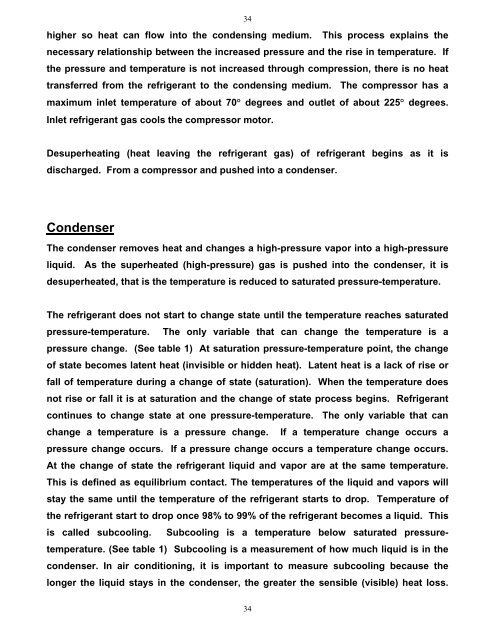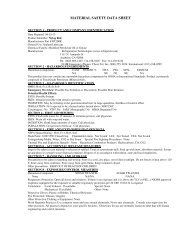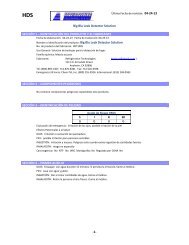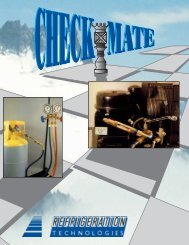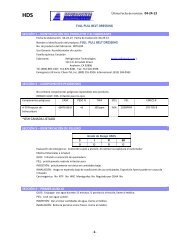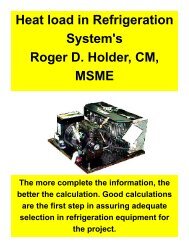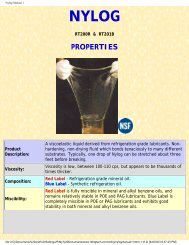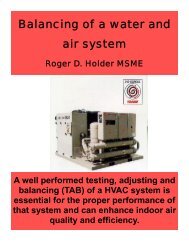Refrigeration Piping Charging Residential AirConditioning R
Refrigeration Piping Charging Residential AirConditioning R
Refrigeration Piping Charging Residential AirConditioning R
Create successful ePaper yourself
Turn your PDF publications into a flip-book with our unique Google optimized e-Paper software.
34<br />
higher so heat can flow into the condensing medium. This process explains the<br />
necessary relationship between the increased pressure and the rise in temperature. If<br />
the pressure and temperature is not increased through compression, there is no heat<br />
transferred from the refrigerant to the condensing medium. The compressor has a<br />
maximum inlet temperature of about 70° degrees and outlet of about 225° degrees.<br />
Inlet refrigerant gas cools the compressor motor.<br />
Desuperheating (heat leaving the refrigerant gas) of refrigerant begins as it is<br />
discharged. From a compressor and pushed into a condenser.<br />
Condenser<br />
The condenser removes heat and changes a high-pressure vapor into a high-pressure<br />
liquid. As the superheated (high-pressure) gas is pushed into the condenser, it is<br />
desuperheated, that is the temperature is reduced to saturated pressure-temperature.<br />
The refrigerant does not start to change state until the temperature reaches saturated<br />
pressure-temperature. The only variable that can change the temperature is a<br />
pressure change. (See table 1) At saturation pressure-temperature point, the change<br />
of state becomes latent heat (invisible or hidden heat). Latent heat is a lack of rise or<br />
fall of temperature during a change of state (saturation). When the temperature does<br />
not rise or fall it is at saturation and the change of state process begins. Refrigerant<br />
continues to change state at one pressure-temperature. The only variable that can<br />
change a temperature is a pressure change. If a temperature change occurs a<br />
pressure change occurs. If a pressure change occurs a temperature change occurs.<br />
At the change of state the refrigerant liquid and vapor are at the same temperature.<br />
This is defined as equilibrium contact. The temperatures of the liquid and vapors will<br />
stay the same until the temperature of the refrigerant starts to drop. Temperature of<br />
the refrigerant start to drop once 98% to 99% of the refrigerant becomes a liquid. This<br />
is called subcooling. Subcooling is a temperature below saturated pressuretemperature.<br />
(See table 1) Subcooling is a measurement of how much liquid is in the<br />
condenser. In air conditioning, it is important to measure subcooling because the<br />
longer the liquid stays in the condenser, the greater the sensible (visible) heat loss.<br />
34


